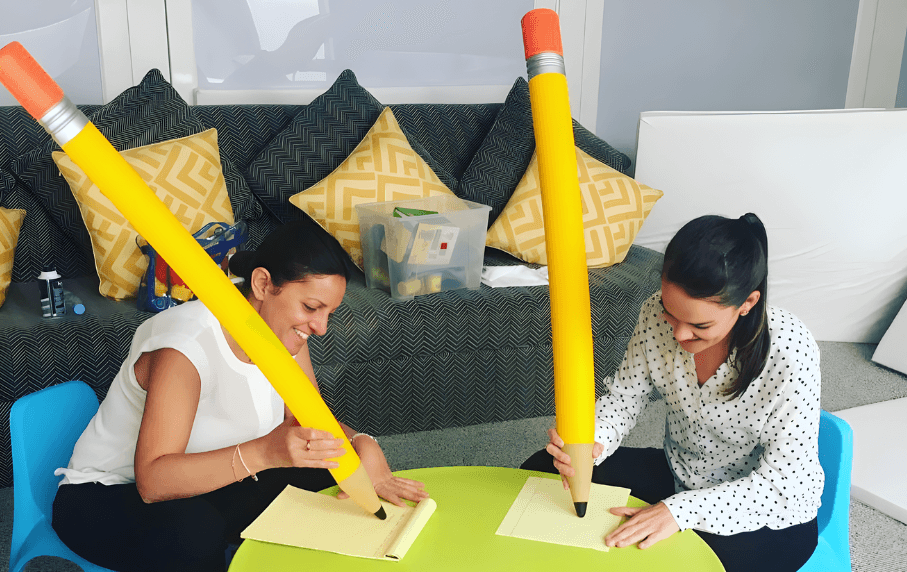

Among the most frequent autism treatment questions from parents to special educators and therapists is, “How many hours of treatment is best for my child?”
Of course, the answer will vary from child to child and parent to parent, based on the particular condition and the amount of participation the parents and/or caregiver are available and able to provide. In Chapter 7 of our book, Let’s Talk, we outline the recommendations from a variety of agencies and foundations that support families of children with special needs. It is important to remember that quality always trumps quantity.
Here is a quick summary of those recommendations:
Generally speaking, a team approach is essential and the most success takes place when the team utilize developmental theory combined with applied behavior analysis in their assessment and intervention planning.
The question of the number of hours spent working directly with children with special needs can become muddled because every child is different, and the number of hours that work well for one child might not work so well for another. While there is research that shows early, intensive and family-based therapies work best for children with special needs, such intensive therapies will typically involve a certain amount of face-to-face contact with a therapist.
However, this direct contact is only part of a therapy’s effectiveness. Such therapeutic intensity must also involve time spent practicing and using new skills in different situations and with different people; for example, at home, at child care, at school, and elsewhere.
With all of that in mind, it must be said that the latest research has shown that 20 hours of intensive intervention per week is just as effective as 40 hours for young children. After all, there is only so much a young child can absorb.
Still, there are few hard-and-fast rules about how much intervention is enough at what age. School-age children typically will receive the standard 30 or so hours per week that make up a typical school schedule. For 3- to 5-year-olds, 15-25 hours a week is reasonable, but many will have to work up to it; starting out with half days or 2-3 days a week in school and gradually adjusting to a more intensive schedule.
A 3-year old may still need a nap in the afternoon and may not be able to participate in a full-day program. Few children younger than 3 years old will receive this level of programming, and some could not tolerate it even if it were available.
A child who is younger than 3 years old should see a professional therapist at least 4-5 days per week, for 1-2 hours per day, depending on the child’s tolerance. This should then be followed up with some focused parent-child interaction working on therapy goals for at least 30 minutes almost every day.
Apart from the total number of hours of intervention a child receives, parents often worry about how much of each type of intervention their child receives.
For example, if the Speech Language Pathologist (SLP) is only seeing their child three times per week, many parents will feel their child is not getting enough communication intervention. This may be true, but it is not necessarily so. What really matters is not how many hours a particular therapist spends with your child, but the more important questions to consider are:
What does the therapist do while with your child?
It’s very important to remember that most recommendations about treatment hours for children with special needs will usually refer to behavioural and developmental interventions with therapists.
However, it’s equally important to remember that the time you, as parents or caregivers, spend with your special needs child is an opportunity to teach new skills and a chance to reinforce all of the formal learning and therapy they receive.
Obviously, collaborating with therapists and teachers will greatly help children with special needs learn more effectively. As a parent or caregiver of a special child, you should consult with therapists and teachers regularly to ask how you can support and reinforce the way they are teaching your child.